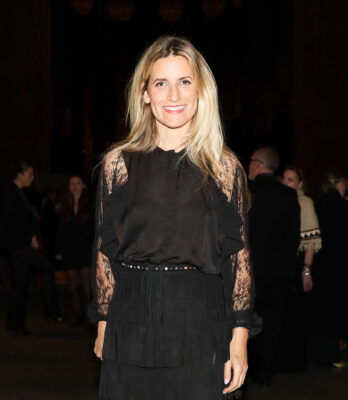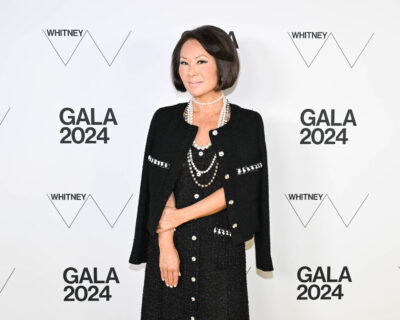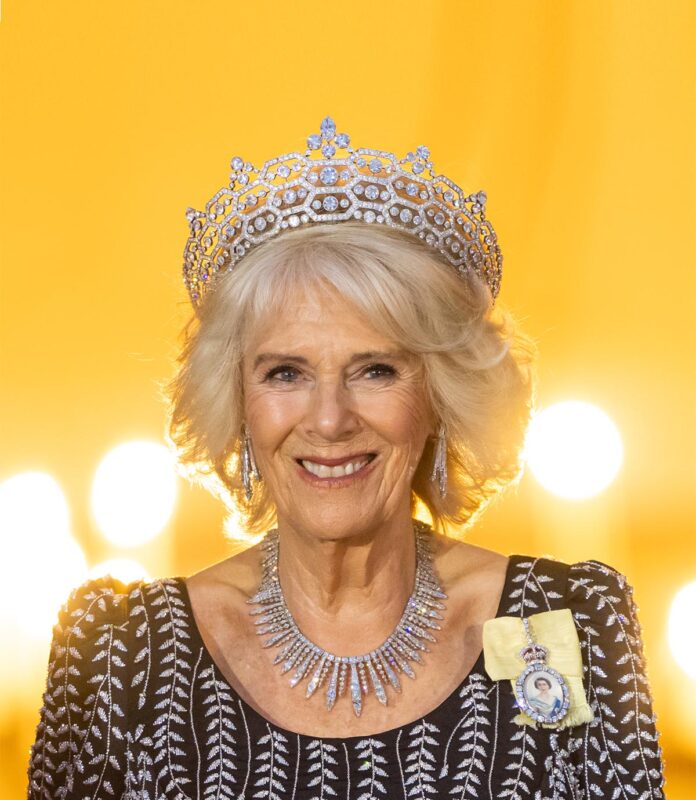
Sparkle
Tiaras, please!
Charles has called for business attire at his coronation—but oh, how we wish for an excuse to trot out the family fender.
In decades past, the coronation of a British king would cause a royal stampede to the vaults for the family’s heirloom tiaras. However, with King Charles’s wish for a more restrained and modern affair, royal watchers claim it’s unlikely the tiaras will be twinkling on May 6, coronation day.
Carol Woolton, a contributing editor at Vogue and host of the podcast If Jewels Could Talk, recalls Queen Elizabeth’s maid-of-honor Anne Glenconner’s foremost memory of her coronation in 1953. “Tiaras—row upon row of glittering tiaras. It was incredibly glamorous,” Woolton says. “I don’t think we will see that now because most people invited won’t have tiaras and won’t borrow them.”
The coronation’s confirmed guest list is heavy on politicians and world leaders such as Jill Biden and Emmanuel Macron—and light on the tiara-toting aristocracy. Business attire is encouraged.
So, what exactly dictates proper tiara protocol?
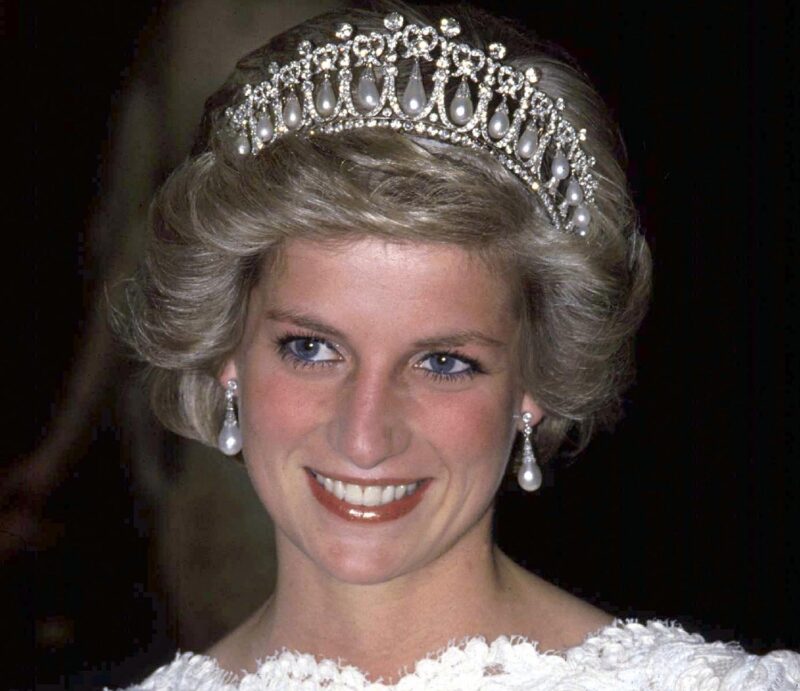
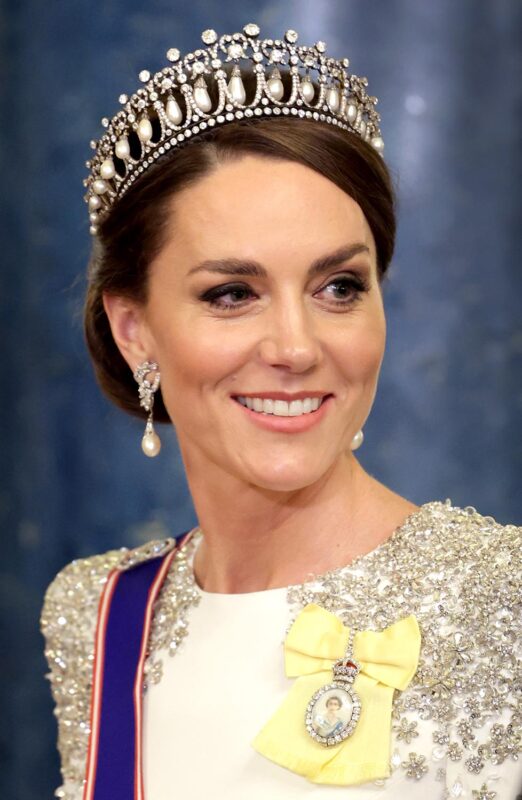
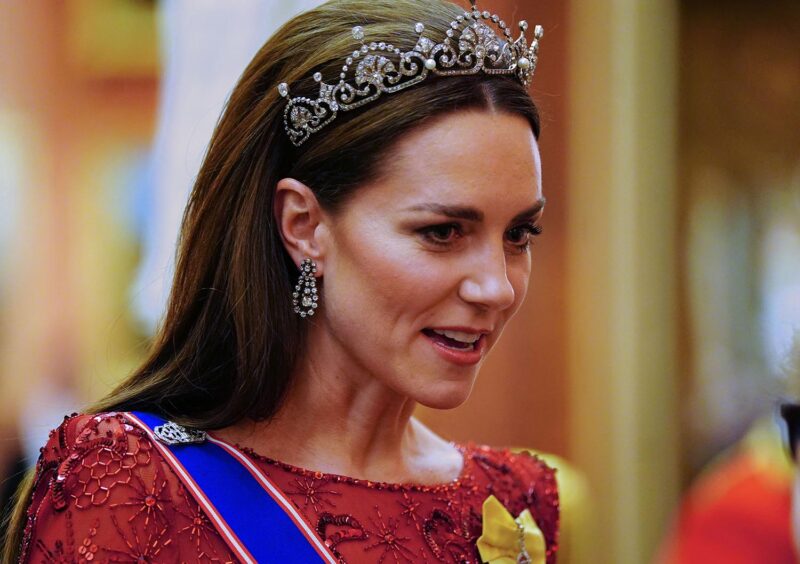
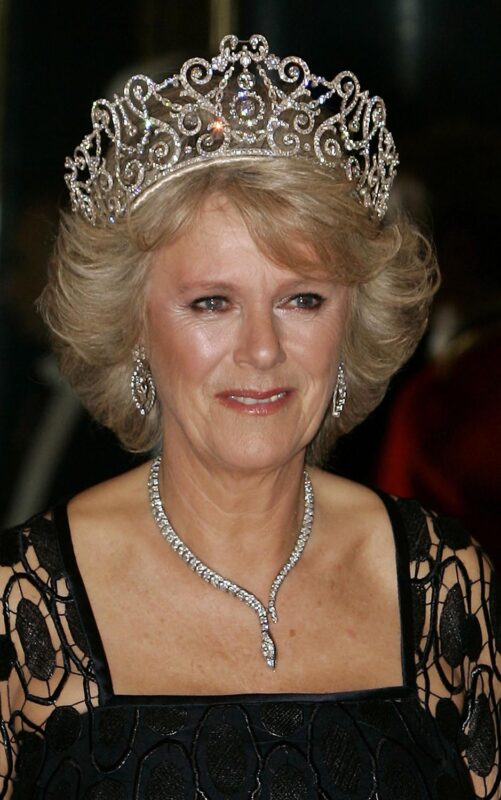
Women don tiaras for weddings, white tie events, and state banquets. “It is the highest form of dress,” says Woolton. In the late 19th century and into the 20th century, an invitation often included a note in the bottom left corner: “Tiaras will be worn.”
Custom dictates that only brides and married women wear tiaras. British jewelry specialist Geoffrey Munn, author of Tiaras: A History of Splendour, writes that a tiara “signals the crowning of love and the loss of innocence to marriage. The family tiara was worn by the bride, and from that moment onwards it was the groom’s jewelry she was expected to wear.”
A prime example is Princess Diana, who wore her family’s heirloom, the now-famous Spencer Tiara, when she wed Prince Charles in 1981. Originally made in 1937 for her grandmother, Cynthia Spencer, who served as Queen Elizabeth’s Lady of the Bedchamber, the Spencer Tiara passed to Cynthia’s son Johnny Spencer, whose daughters Lady Jane Spencer, Lady Sarah Spencer, and—most notably—Lady Diana Spencer all wore it on their wedding day.
The Spencer Tiara recently made headlines during the publication of Prince Harry’s book, Spare, in which he recounts his aunts’ offer to loan it to Meghan Markle for their 2018 nuptials. The Duke of Sussex writes that “shortly before the wedding, however, Granny reached out.” Harry then describes a memorable morning spent in Queen Elizabeth’s private dressing room with The Queen and her royal dresser Angela Kelly, who presented five tiaras from which Markle could choose.
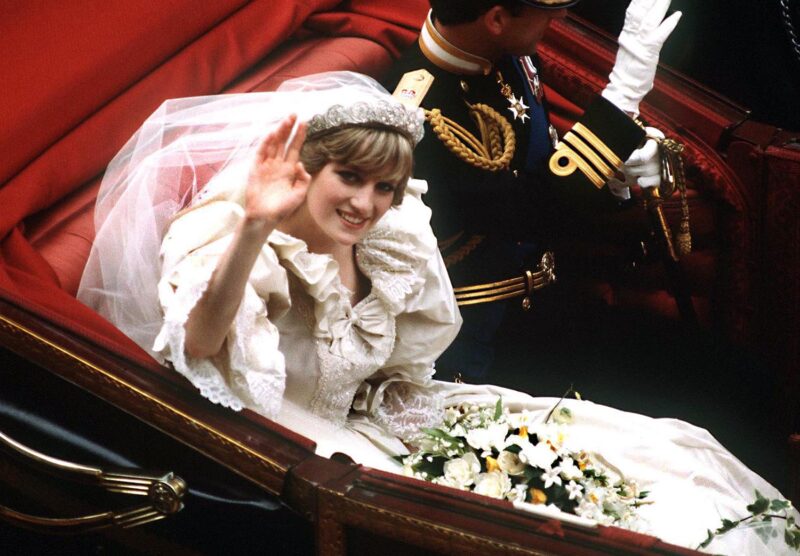
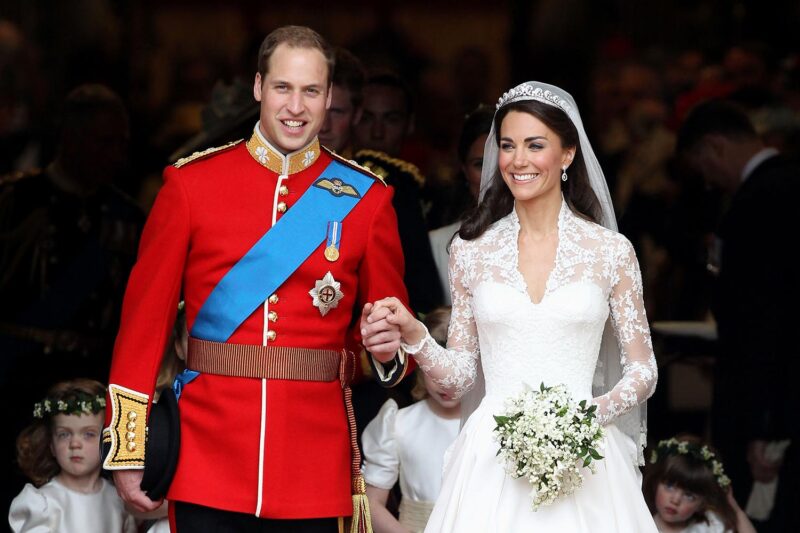
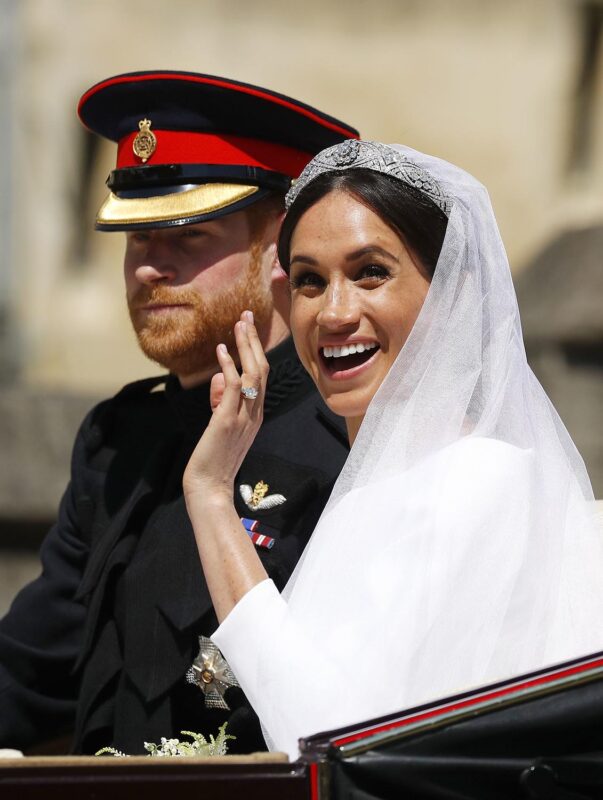
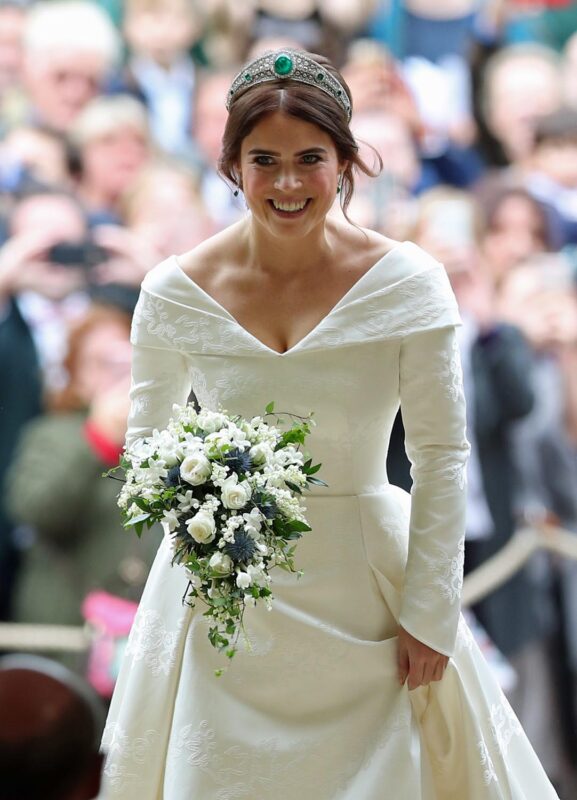
“Tiaragate” as the British press later coined it ensued, as reports emerged that Markle’s choice of an emerald tiara was ultimately rejected by The Queen due to the piece’s possible dubious heritage. (However, Princess Eugenie wore the tiara in question, the Greville Emerald Kokoshnik tiara, for her wedding day six months later, leading to intense speculation over the rejection for Markle’s request). Markle ultimately made do with Queen Mary’s Art Deco-style bandeau tiara.
Like Markle, Kate Middleton did not have a family tiara to wear for her wedding to Prince William in 2011. Rumors that Middleton planned to wear a floral headpiece dissipated when the bride walked down the aisle in the Cartier Halo tiara, loaned to her by Queen Elizabeth. Originally purchased in 1936 for the Queen Mother by her husband, King George VI, it was given to Queen Elizabeth in 1944 on her 18th birthday. However, the monarch never wore it in public, as tiaras were seen as frivolous during World War II.
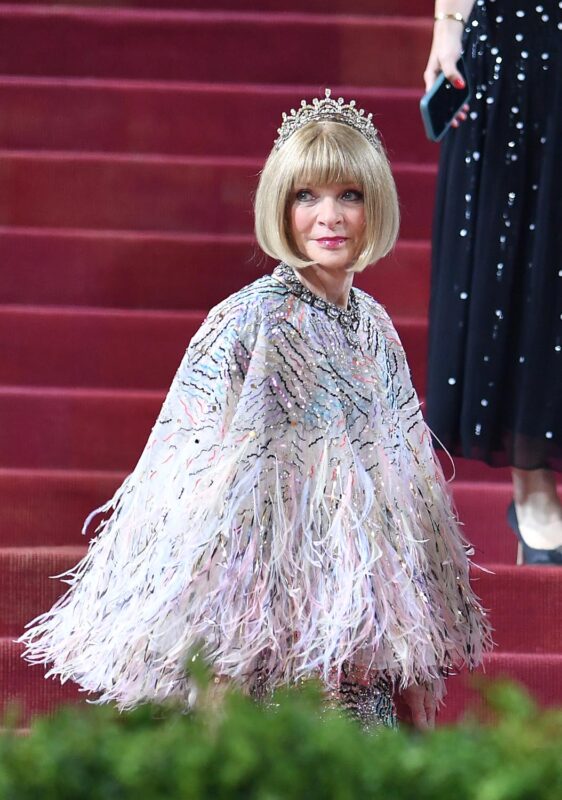
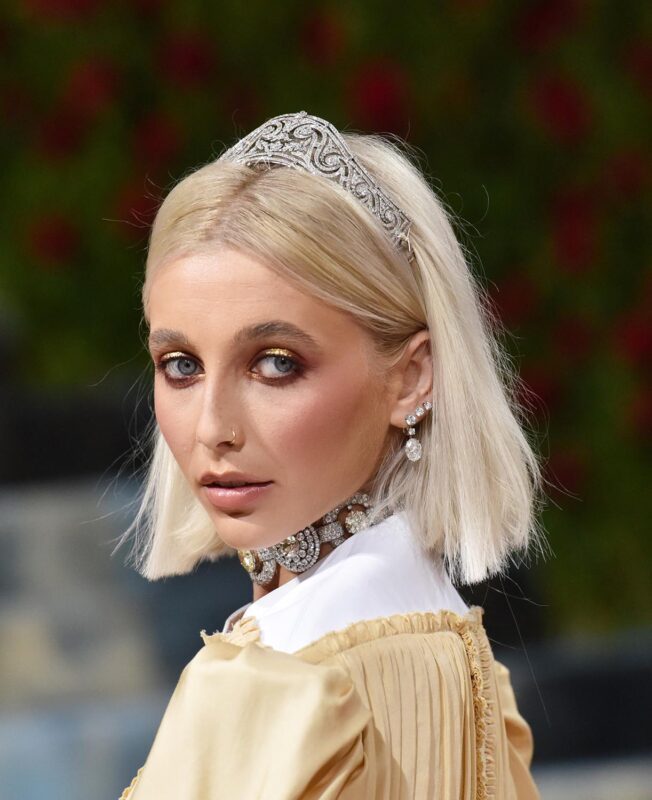
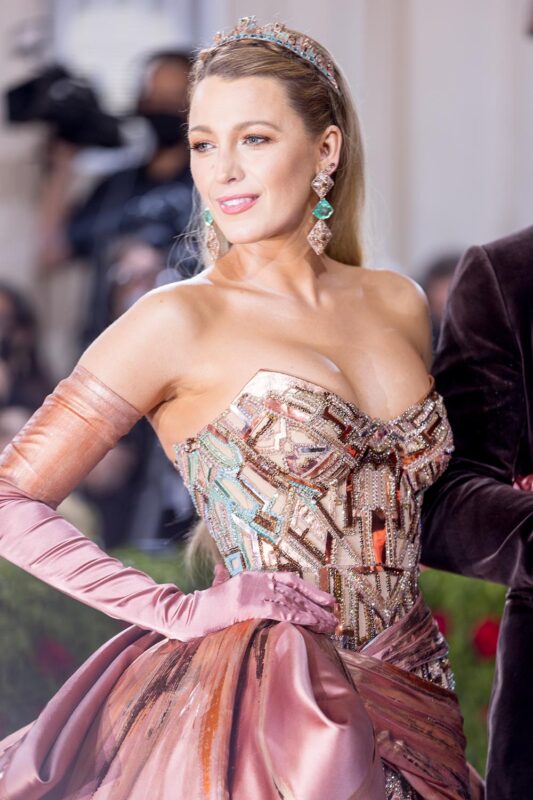
The Princess of Wales now favors two tiaras from the royal collection when duty calls: The Lovers’ Knot, a favorite of Princess Diana’s, which was commissioned in 1913 by Queen Mary and made by Garrard, and the Lotus Flower, made in 1923 by Garrard for the Queen Mother and given to Princess Margaret in 1959 before her wedding to Antony Armstrong-Jones.
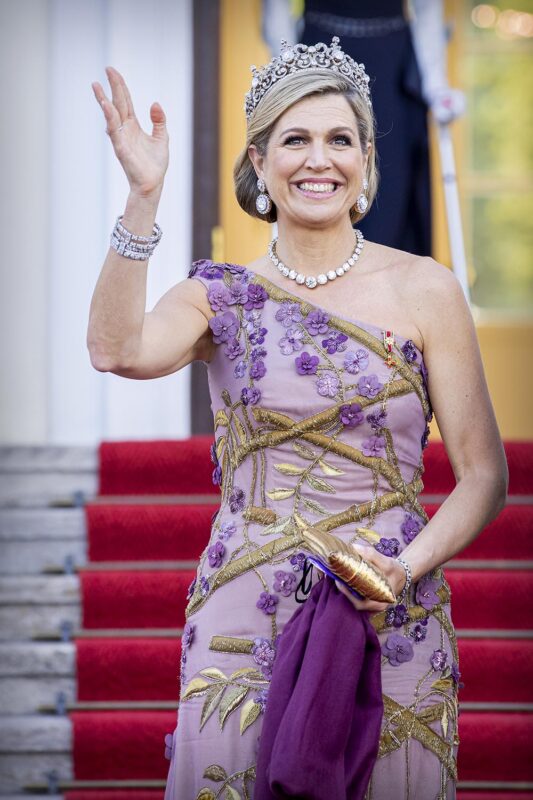
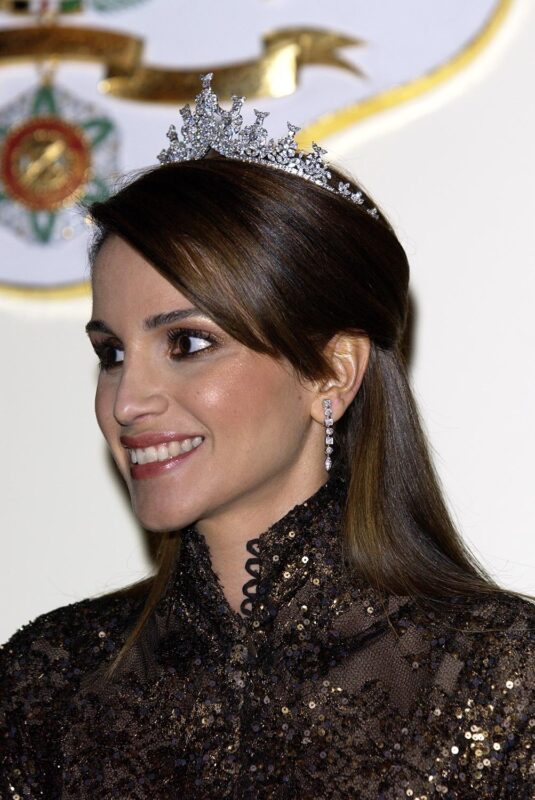
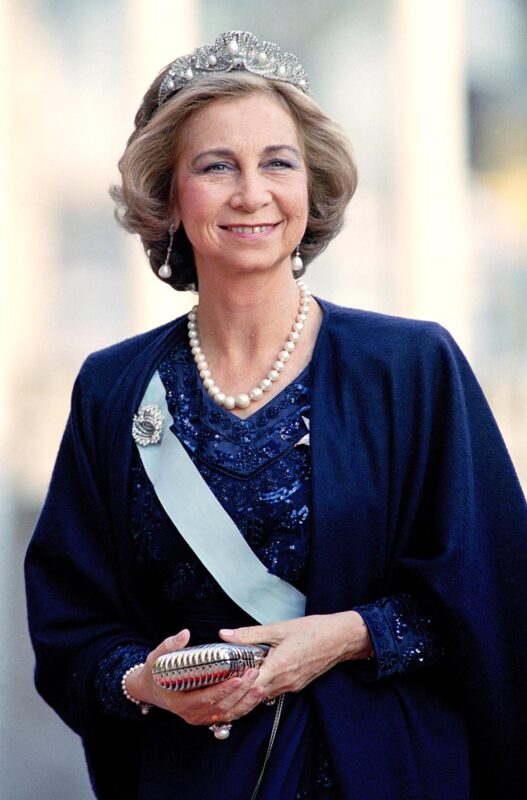
While the royal family has remained tight-lipped about their coronation toppers, Woolton says there is a yearning for the tiaras to come out. “People do look to the royal family to provide this pomp and pageantry,” she says. “People will be very disappointed if we didn’t celebrate it.” Nonetheless, Woolton predicts a sea of brightly colored fascinators rather than twinkling headpieces come May 6: “In our age, I doubt we will ever see all those tiaras in one place again.”
Hero image: Queen Camilla at a state banquet in Berlin in March this year. Photo by Samir Hussein/WireImage
